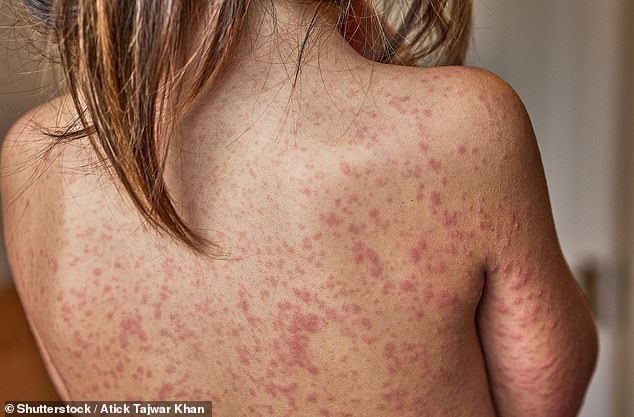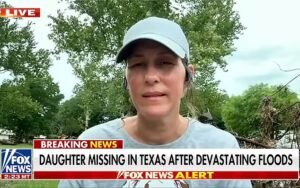
As the current measles outbreak threatens to undo America’s eradication of the infection 25 years ago, data has revealed that nearly all cases have occurred and spread among unvaccinated people.
The US has so far recorded more than 1,270 cases of measles, more than 60 percent of which are in children and teens. About 95 percent of cases have been in unvaccinated people or those who have not completed the recommended two-dose regimen.
Three deaths have occurred due to measles this year, all of them being in unvaccinated people, including two children.
Since widespread measles-mumps-rubella (MMR) vaccinations began in 1971, US measles cases had nearly vanished by 2000. But infections have now surged to their highest level since 1992 – when over 2,100 cases were recorded – as vaccination rates slip.
New clusters of measles infections have become increasingly common every year as vaccination coverage has declined to 91 percent, below the 95 percent threshold needed to achieve population-wide protection.
Outbreaks are particularly common in more insular communities, such as Mennonites in West Texas, the epicenter of the current crisis.
In Gaines County, where the outbreak had its genesis, kindergarten vaccination rates are as low as 20 percent, while rates in some neighboring Lubbock school districts are as low as 77 percent.
Recent modeling by Stanford University researchers cautioned that, at current vaccination levels and with continuous, uncontrolled spread, the US will lose its measles elimination status within the year.

Between 92 percent and 95 percent of measles cases in the US occur in unvaccinated people, primarily children and teens
Measles is among the most infectious diseases on earth. Just one infected person can transmit the virus to an average of 12 to 18 susceptible people, including anyone who has not had two doses of the MMR vaccine, or has not previously contracted measles.
Babies cannot receive the first dose until a year to 15 months and generally get the second when they reach four to six years old, typically right before entering school.
Their protection against measles depends on vaccinated older children creating herd immunity.
The MMR vaccine is mandatory for school attendance in all 50 states.
But a growing number of parents are using their states’ exemptions for moral or religious reasons to opt out of mandated vaccines.
This means they can send their children to school unprotected and more likely to spread the virus to a child who cannot be vaccinated for medical reasons or because of age.
In 2014, the exemption rate was about 1.7 percent, before a 2015 measles outbreak at Disneyland drew national attention to falling vaccination rates.
By 2016, exemptions rose to two percent, even as states like California eliminated personal belief exemptions.
The upward trend continued, hitting 2.5 percent in 2019—the year the US saw its highest measles case count since 1992, driven by under-vaccinated communities.
The pandemic disrupted vaccination efforts further, pushing exemptions to 2.8 percent in 2021.
By 2023, rates reached 3.5 percent, with MMR coverage in kindergarteners falling below the 95 percent threshold for herd immunity.

infections have now surged to their highest level since 1992 – when over 2,100 cases were recorded – as vaccination rates slip

The map shows kindergarten MMR vaccination rates for the 2023-2024 school year. By 2023, MMR vaccination rates among kindergarteners dropped to 93 percent —below the 95 percent herd immunity threshold
Dr William Schaffner, an infectious disease expert at Vanderbilt University Medical Center, previously told DailyMail.com that yearly vaccination declines are ‘sobering.’
‘Vaccine hesitancy and skepticism is alive and well and vaccines,’ he said.
‘We have considered vaccine hesitancy as a public health and a clinical medicine problem. Of course it is, however, at root, I have come to believe it is an educational problem.’
Many on the anti-vax side cite the debunked science put forth in a retracted paper linking vaccines to autism written by a now-disgraced Andrew Wakefield.
The Department of Health and Human Services is currently under the leadership of Robert F Kennedy, Jr, a long-time vaccine skeptic. Since the current outbreak began in West Texas, he has offered mixed messages.
He has said that vaccination is the best way to prevent measles while also casting doubt on whether the children who died really died of measles
Before ever reaching the public, vaccines must clear rigorous clinical trials involving tens of thousands of participants, with ongoing safety monitoring long after approval.
Public health leaders universally agree: immunization remains medicine’s most powerful shield against preventable disease, backed by decades of evidence on safety and efficacy.






